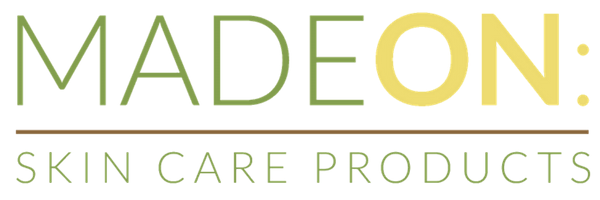Why do corns need to be treated?
First of all, they usually don't need to be treated medically, so you can rest knowing you don't have to schedule a doctor's appointment.
You need to treat them to get rid of them (and I'll tell you how!)
We often talk about our HANDS being our tools... and when something about our hands makes it difficult to get our work done, we slow down.
It's the same for our feet.
Imagine having a small bump on the bottom of your foot that, when walking, causes incredible pain to your foot.
You avoid walking on that part of your foot, you walk slower, or you just try to avoid walking altogether.
Like having a tool that doesn't work, it keeps you from getting things done.
If you don't treat it, they can grow larger in size and even get infected.
Don't ignore what your skin is trying to tell you.
What's the difference between corns and calluses?
Corns tend to be smaller and round. You'll see them on the tops or sides of your toes. Hard corns will be found on the top of toes, soft corns that are white or gray can appear between the toes, and "seed" corns are small and often on the bottom of the feet.
Corns are more painful than calluses.
Calluses are hard, thick patches of skin. They tend to be on the bottom of your feet near the heel, big toe or bottom of your foot. They can also be on your hands - if you've lifted weights before, you may see calluses develop on your hands where you carry the weights. They form where there is repeated friction or rubbing.
What causes corns and calluses?
- Shoes that don't fit properly
- Being on your feet for long periods of time
- Walking barefoot
- Wearing shoes without socks
- Sports or other activities that require you to have repeated, ongoing friction on a specfic area of your skin
How to treat corns and calluses
- FOOT SOAK: Scoop 1/4 cup of Epsom salt into a small tub of warm water. Soak for 15+ minutes. (optional: add a few drops of tea tree, peppermint or lavender essential oils to a tablespoon of oil first and then mix into the Epsom salt.)
- SOAP CLEANING: Wash your feet with a good, handcrafted soap (store bought soaps contain harsh ingredients that can further irritate the skin). We recommend our Pumice Goat Milk Soap.
- PUMICE STONE: A porous and abrasive volcanic rock that’s used for sloughing away dry skin, wet the pumice stone in warm water and then use it to carefully file the corn. Use gentle circular or sideways motions to help remove the dead skin. (Find one in our Fabulous Feet Kit.) Then rinse and dry your feet.
- FOOT RUB LOTION STICK: a lotion with odor and bacteria fighting essential oils is IDEAL for nourishing your now clean and exfoliated skin. Apply the lotion stick to the affected area (alternatively, you can swipe lotion from the top of the stick and rub it in). It's in the kit and sold here individually.
- BEESILK LOTION BAR: Finish off with the Beesilk lotion bar. Apply whenever the skin feels dry or cracked. Slip into clean, cotton socks and enjoy your evening. It's in the kit and sold here individually.
- REPEAT steps 1-5 every other day until your feet are completely healed.
The above items are sold together in our Fabulous Feet Kit
Now that your feet are soft, nourished, and free from corns and calluses, it's time to keep them that way!
How to Prevent Corns and Calluses
- Wear properly sized and shaped footwear. Tip: buy shoes at the end of the day when your feet are slightly bigger (from being swollen).
- Trim your toenails.
- Wear socks with your footwear.
- Keep your feet clean and nourished with lotion.
- Reduce anything that causes friction when in contact with your skin.
You might also like:
Foot Health and Posture: Renee Interviews Courtney McManus of Form Fit Online: https://store.hardlotion.com/blogs/expert-talks/foot-health-how-to-strengthen-your-feet-and-keep-them-soft


